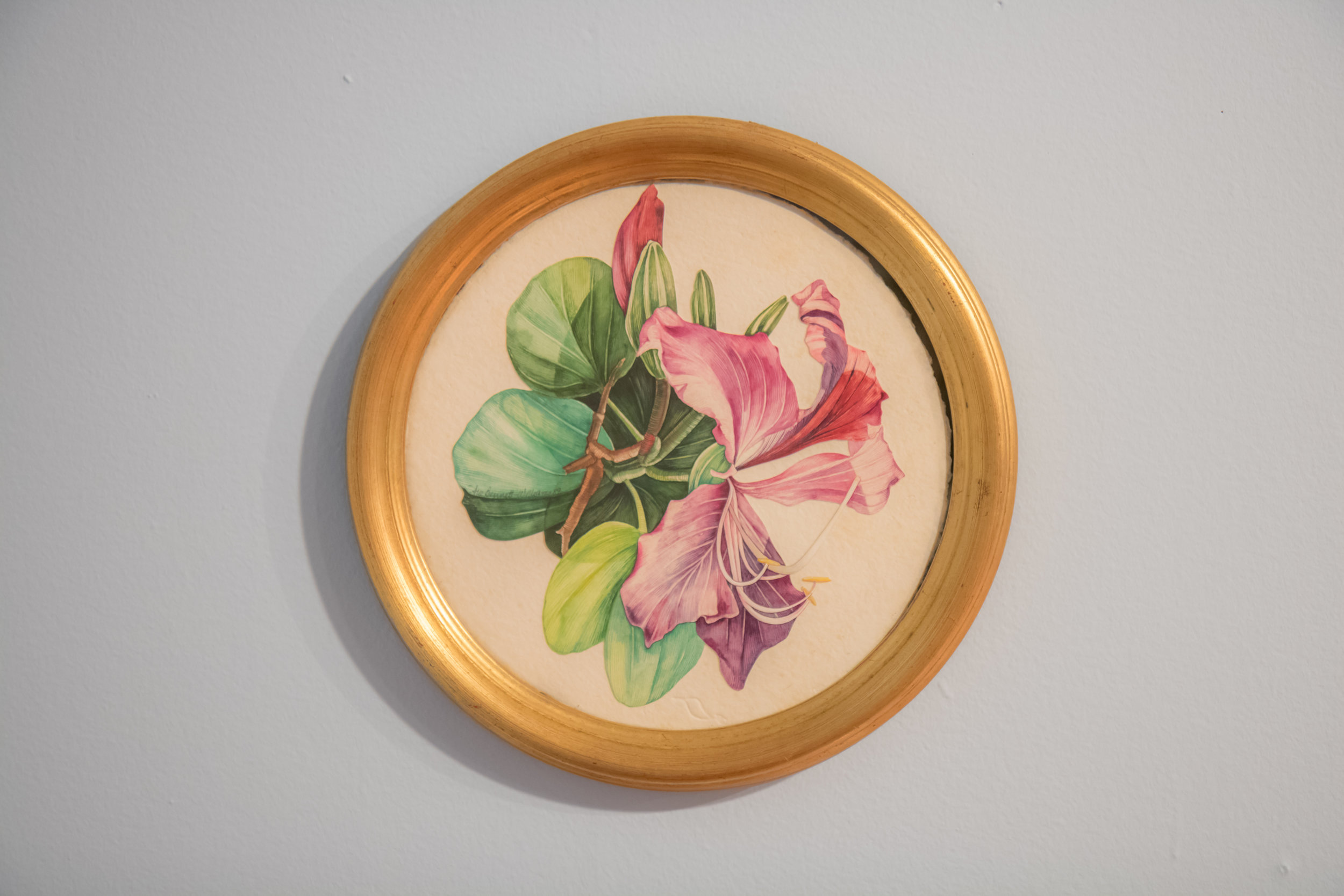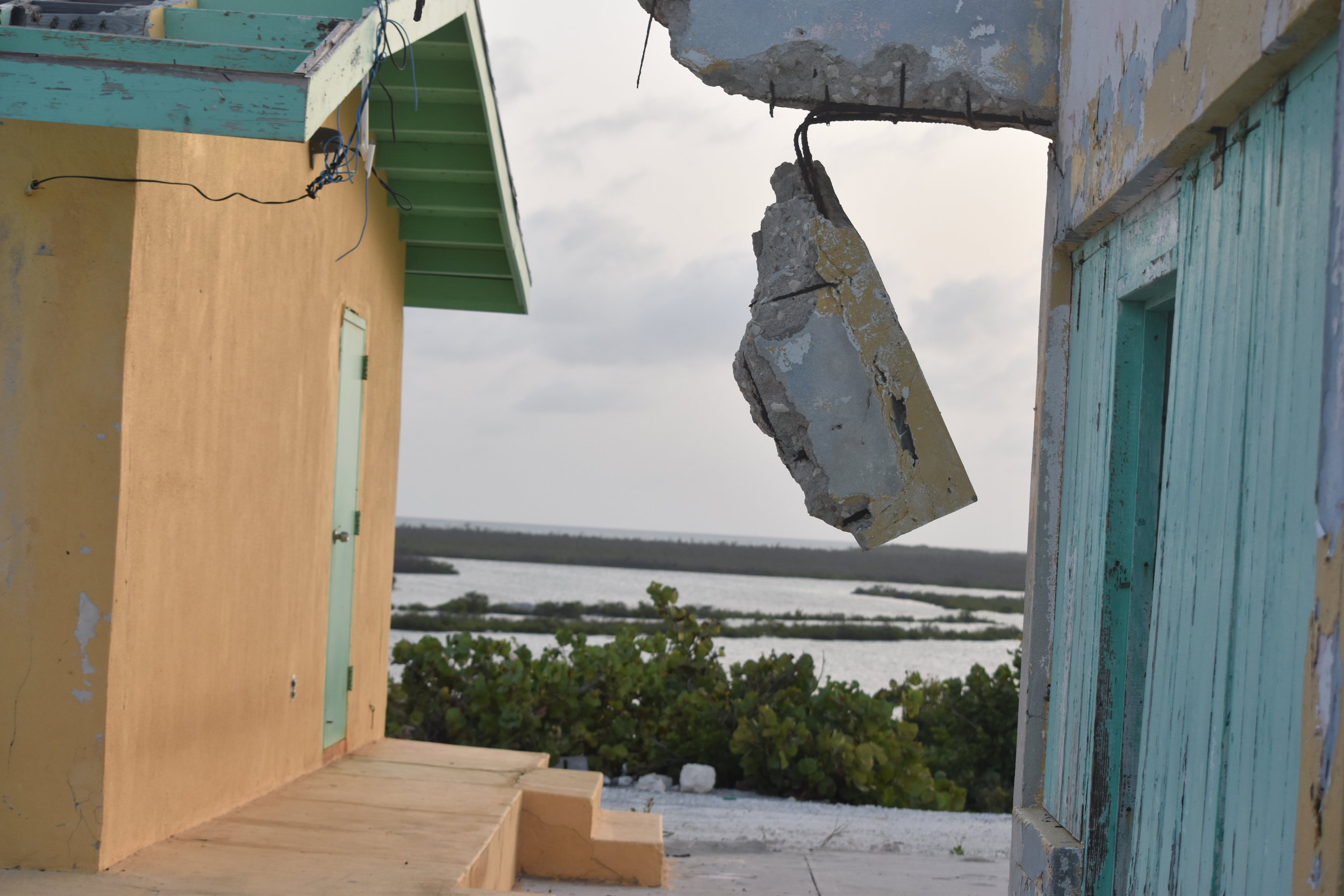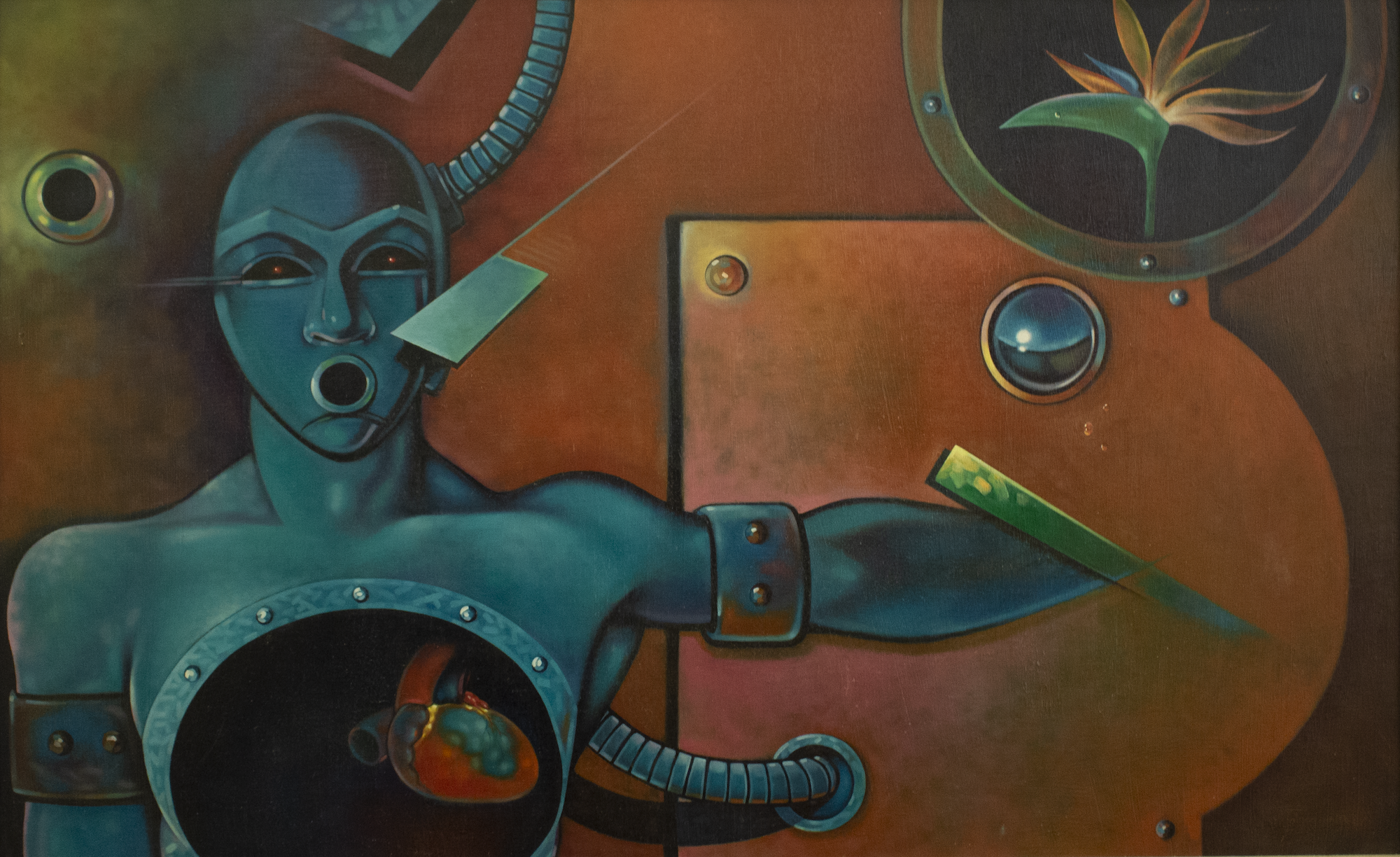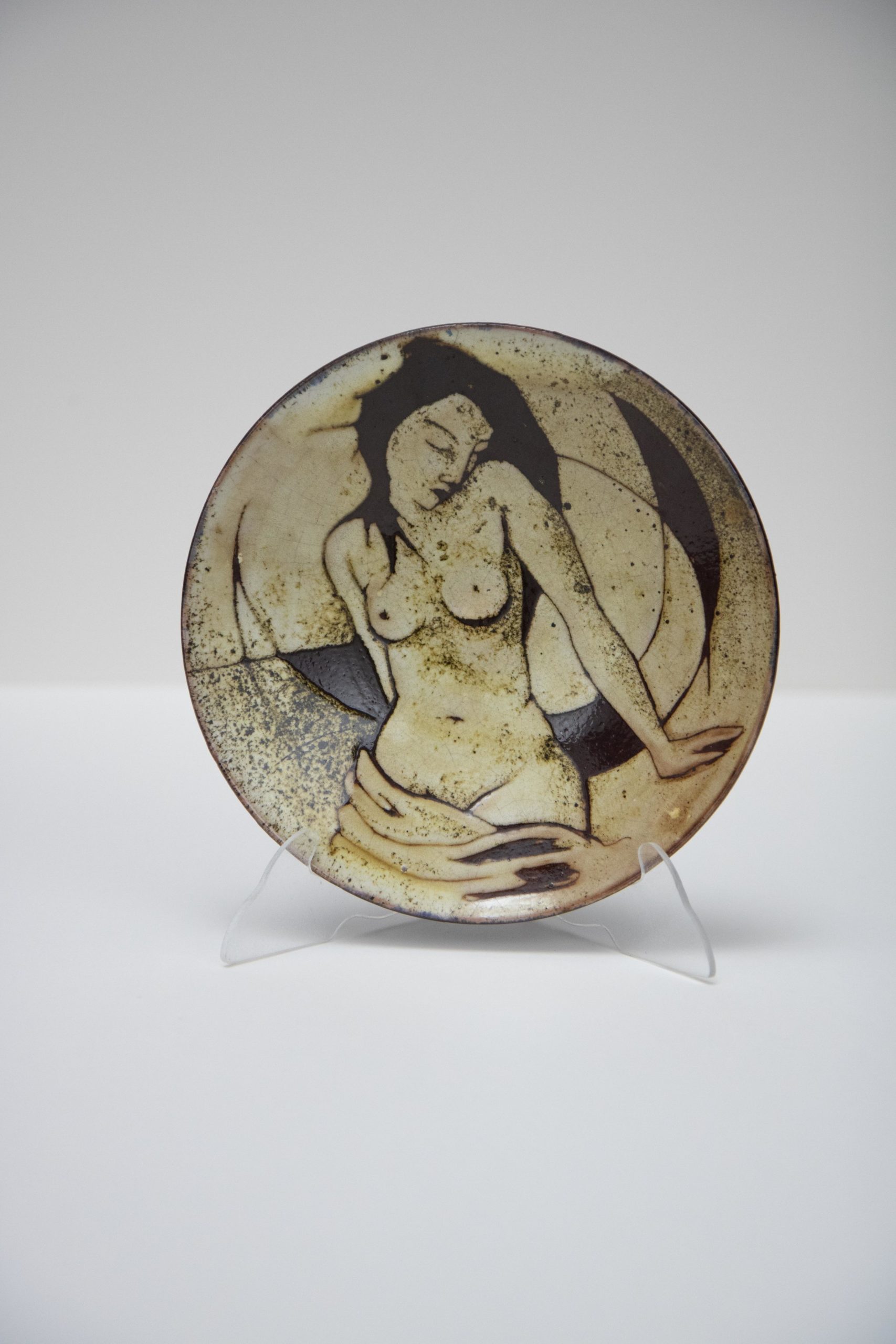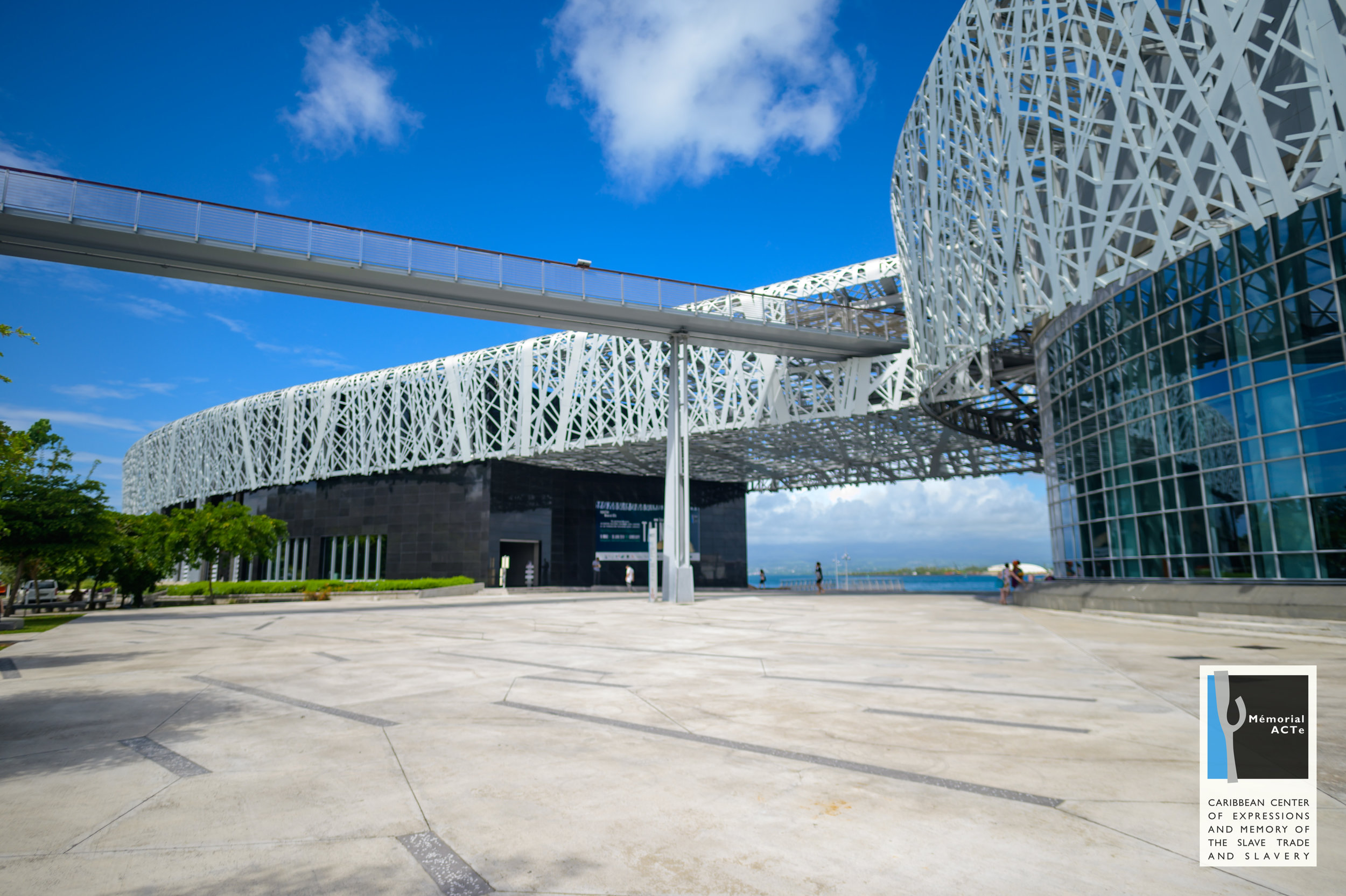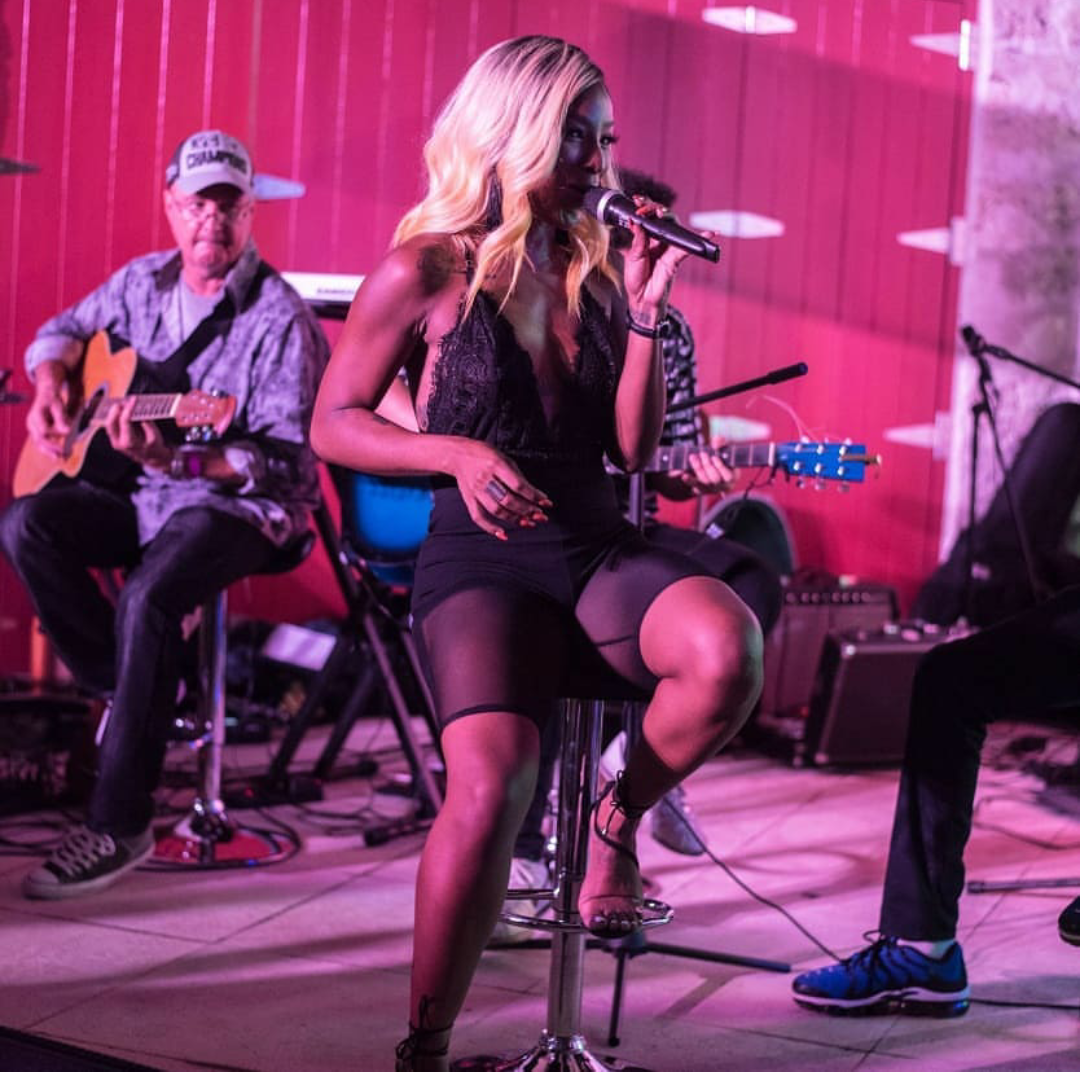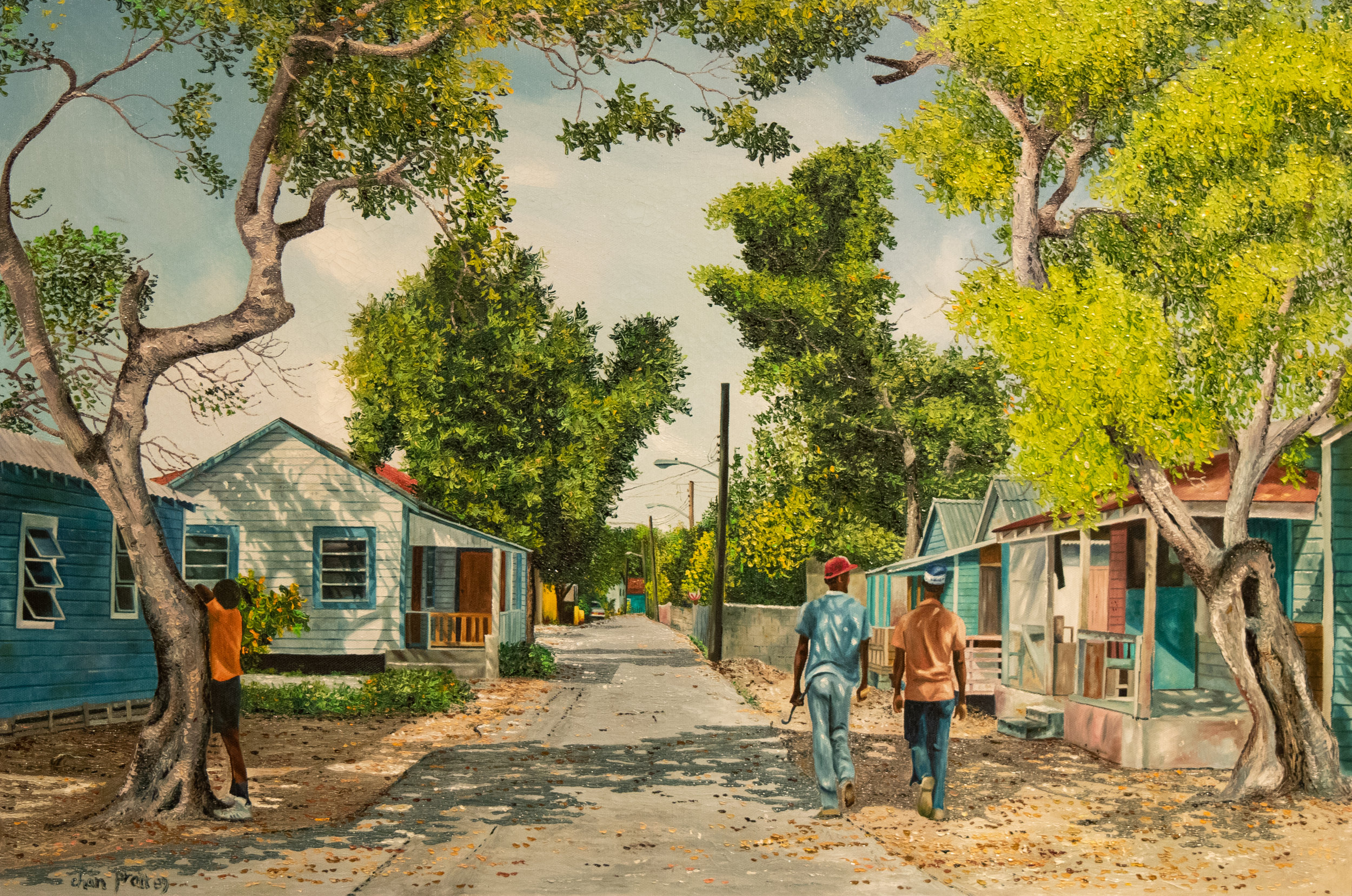By Natalie Willis. a portal into the practice of a dedicated educator. The 19th Century marked a period in Britain known as Orchidelirium. Not entirely unlike the Dutch tulip fever, this flower-frenzy was a mad scramble for the exotic, elusive orchid. They became connotative as a symbol of wealth, prestige and knowledge, of the affluence required to secure these items from far-off lands. Sue Bennett Williams’ “Poor Man’s Orchid” (1989) is no such thing and no less beautiful.
All posts by Natalie Willis
Finding Our Voices: Resisting Violence and Oppression
By Dr Ian Bethell Bennett, The University of The Bahamas. “I could be bounded in a nutshell, and count myself a king of infinite space, were it not that I have bad dreams.” – Hamlet, II.ii. Is it a bad dream, a nightmare provoking somnambulance? We all think the best of green gentrification because we have been taught, in spite of the climate sceptics, we need to do something to improve our resilience. We are also told by the media that while people know about climate change and the havoc it plays in their neighbourhoods, jobs are more important because many of us are one paycheque away from poverty.
From the Collection: Jolyon Smith’s “Transformation” (1987) and imagining Black Bahamian futures
By Natalie Willis. Jolyon Smith’s Transformation (1987) is one of the first works collected for the National Collection at the NAGB, shown in the Inaugural National Exhibition or the INE. To have a work that appears so afrofuturist in its aesthetic speaks volumes for the genre and also for the nascent years of the NAGB in thinking what a National Collection could and should look like. What does a Black future look like, and a Bahamian one at that?
Designing for Space: Working with Possible Futures in Mind
By Dr Ian Bethell Bennett,The University of The Bahamas. Colonialism and coloniality in design occur when little is left of the past to remind us of the physical reality. On a recent trip to Cape Town, I had the pleasure of enjoying two spectacular spaces of art and design that showed how important it is to think through purpose and landscape and how the beauty of both can be made functional in the spaces created. I had the pleasure of stumbling into a nursery that doubled as an apparent antiquarian. The space was large and well-designed with room to breathe. Form and purpose combined with the art of design to speak to concepts of natural beauty, much like the wave design at the London Aquatic Centre at Stratford designed by Zaha Hadid especially for the 2012 Olympic games and constructed by Balfour Beaty; the perfect example of form, design and purpose merging and blurring lines of functionality and beauty.
From the Collection: “Untitled (Rake Bird)” by Tyrone Ferguson
By Natalie Willis. Metal is a tricky medium. It’s industrial, ceremonial, it can be strong enough to build bridges or soft enough that your very teeth could dent it. For Tyrone Ferguson, he doesn’t seem to find these traits something to work against, rather he works with his medium intuitively, sensitively, and brings some spirit back into metalwork and blacksmithing.
From the Collection: Chelsea Pottery “A Brief Bahamian History of Clay”
By Natalie Willis. A beautifully formed piece of handmade ceramic work, produced at the Chelsea Pottery in Nassau in 1960, serves as a great point of departure for talking about some of our Bahamian art histories. Clay work, like drawing and painting, has a history almost as old as humanity itself. Our legacy of pottery here begins with the indigenous peoples of The Bahamas – the Arawaks, Lucayans, and Tainos. As Dr Erica M. James lays out in her key text on Bahamian art history in “Bahamian Modernism”, our background of creative visual culture is much richer and varied than we tend to hear about.
Timelines: Developing Blackness
Historical photographs show Bahamians claiming and embracing their African heritage. Aptly named, these photographs show us a period in our history where Bahamians were pointedly claiming and embracing their Blackness. This sense of pride was born out of, but not limited to America’s expressions of Black power during the Civil Rights Movement, the road to Majority Rule in 1967, and The Bahamas’ independence in 1973.
There are several ways of finding yourself: Reporting from Tilting Axis 5
By Letitia Pratt, The D’Aguilar Art Foundation. On a late Monday at the end of May, I sluggishly – by fault of a sleepless travel day – made my way through the airport arrivals in Pointe-a-Pitre, Guadeloupe, unaware of the new ways in which experiencing Tilting Axis 5 (TA5) would change my perspective on many things – on art, the institution, and on my own practice; and how, despite all the harrowing setbacks that I have endured, that it is important to do work in and about the Caribbean.
Unplugged Sessions at Fiona’s Theatre
By Kevanté Cash, NAGB Correspondent. Rashad Leamount and Chase Fernander curate the first of many soul sessions to be held at the National Art Gallery of The Bahamas. Bodies sway, hands raised and heads bop from left to right; feet resist the urge to get up and shake, while mouths formulate to ad lib the words to songs hearts may know. There is magic in the air at Fiona’s Theatre, where an eclectic group of musical artists are performing. They are setting the mood for what to make of the rest of the year with events held here, as this appears to be the start of something new. “Unplugged” a part of A Season at Fiona’s, curated by Rashad Leamount and Chase Fernander, marries the two art worlds, inviting one into its backyard.
Check Yourself: Thinking About Stereotypes and Chan Pratt’s Sincerity in Painting Over-the-Hill
By Natalie Willis. A man walks along a row of houses with a crowbar in one hand, a piece of wood in the other, he is speaking to someone: a friend, an acquaintance, a family member, a neighbour perhaps? The houses are neat, patched up with care – no doubt due to the stresses of time and hurricanes alike, there’s only so much this old clapboard can take. The street is neat, orderly, a pubescent boy leans against a tree in the shade, and things feel calm, serene in the row of homes. This is not what people think of when they think of the current state of Over-the-Hill (OTH). Bain and Grants Town are woefully underserved communities, that much is certain, but they are also demonised for circumstances largely beyond their control in a cold, classist manner of stereotyping.
